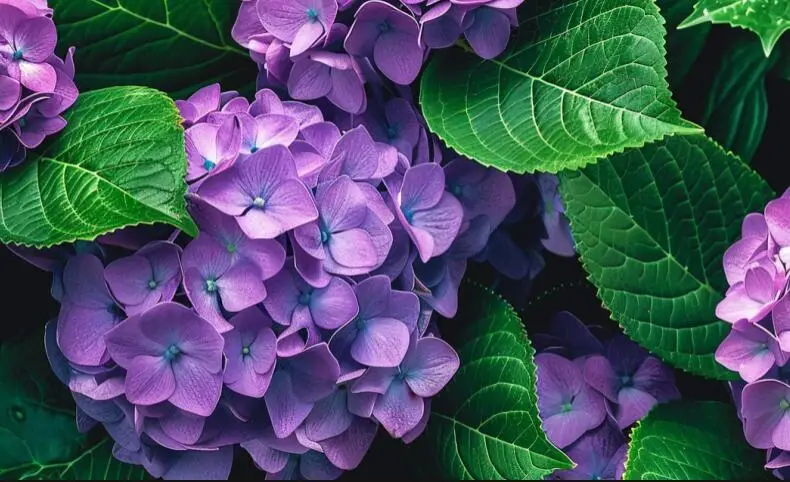How to Get Your Hydrangeas Blooming: Top Tips for a Thriving Garden

PHOTO: Yueke
Hydrangeas are the ideal shrub for many gardens, with their long-lasting blooms, easy-care reputation, and ability to thrive in various light conditions. However, they are not entirely foolproof, and many gardeners are disappointed when their hydrangeas fail to bloom.
Nothing can be more frustrating than investing in a blooming plant only to watch it refuse to bloom year after year. There is always a specific reason why this happens, and you often have to be your own detective in the garden to figure it out.
Fortunately, we've rounded up some of the most common culprits that cause hydrangeas to stop blooming. See if any of these issues could be at play and learn the best solutions to help you get your hydrangea back to blooming.
Time Your Hydrangea Pruning Right
This is one of the most common reasons why hydrangeas don't bloom. Many hydrangeas bloom on old wood, so cutting them back too late in the season removes the buds that would become flowers. If this happened to you, you'll need to wait until next year to properly prune to minimize the damage to your hydrangea blooms. Adjust your timing to ensure you only prune immediately after flowering, giving the plant time to set new buds. For mop-head hydrangea varieties, spring is the time to prune, while lacecap hydrangea should be pruned at the end of summer when the blooms are starting to fade.
Check Your Soil
Hydrangeas don't tend to be especially fussy about the soil they're planted in, but if your hydrangea is not blooming, it may be worth testing your soil and making some amendments. Soil conditions play a critical role; overly acidic or alkaline soils can impede nutrient uptake, while poor soil drainage can stress the plant. If your soil falls outside the ideal pH range of 5.5 to 6.5, consider amending it with lime or sulfur to bring it into range to encourage blooms. If the soil around your hydrangea tends to be a bit swampy, adding compost or other organic matter to improve drainage will also help your hydrangea bloom.
Consider the Light Conditions
Hydrangeas thrive in partial sun—and in some areas that fall outside that range. But if your hydrangea isn't blooming, it could be due to a lack of light. If your hydrangea is planted in deep shade, it might not receive enough sunlight to produce blooms. If another plant is blocking your hydrangea's light, you could prune that back to give your hydrangea a bit more sun or relocate your hydrangea to a better spot in your garden where it receives morning sun and afternoon shade, which is ideal for many varieties.
Protect Your Hydrangea From a Deep Freeze
Hydrangea plants tend to do well in zones 3 to 9, but in northern climates where bitter cold can occur over the winter, it may be worth giving your hydrangea some protection. Extreme cold can damage the buds, especially if a late frost hits after the plant has started to set them. Wrapping your plant in burlap or frost covers can help it stay safe over the winter.
Be Patient With Your Hydrangea
Even if you give your hydrangea plant everything it needs, it may take a few years after planting before it really takes off and starts to bloom. A plant that has been dealing with poor soil or light conditions will need some recovery time after you've addressed the situation. Making the appropriate changes now will pay off in a gorgeous, full-bloom hydrangea bush next year—and for years to come. After all, many hydrangea bushes can give you beautiful blooms for decades!

